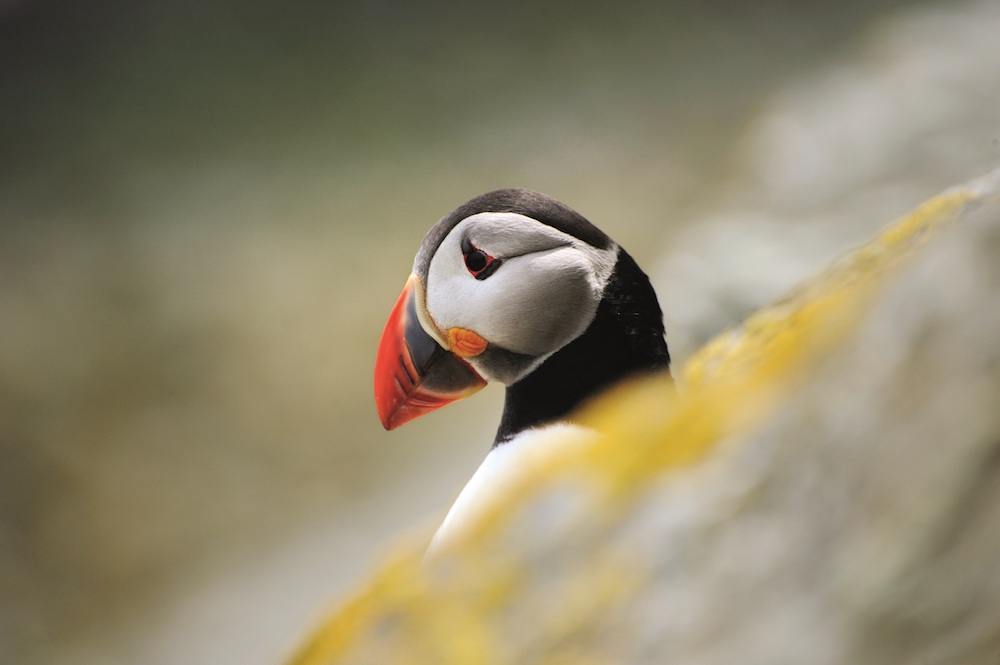Tireless work from experts and volunteers in the Shiant Isles, a remote cluster of islands in the Outer Hebrides, has provided a safe space for nesting seabirds
Since 2014, a project funded by the EU has worked with the Shiant Isles’ custodians – the Nicolson family – as well as Scottish Natural heritage and RSPB Scotland, to make the islands a safe space for seabirds by removing non-native black rats.
Given that mental health problems are estimated to cost the UK economy between £70 and £100 billion each year, and birdsong has been found to improve mental wellbeing for more than four hours, promoting the breeding of birds could have holistic benefits for society.

Photography | Jim-Richardson
A sharp decline in the seabird population in Scotland and across Europe prompted experts to launch the project – led by New Zealand-based Wildlife Management International Limited, and backed up by 15 volunteers – to eradicate the rats.
A monitoring check carried out in February concluded there were no sign of rats on the islands for a second successive year – the agreed criterion for rat-free status.
Dr Charlie Main, Senior Project Manager for the Shiant Isles Recovery Project, said: “This is an absolutely fantastic moment for the Shiant Isles and everyone involved in the project is delighted that they are now officially rat-free. With so many of Scotland’s seabird populations in decline, making these islands a secure place for them to breed is really important.
“Over the next few years we’re looking forward to seeing the full impact of the islands’ restoration flourish, with the seabirds enjoying improved breeding successes, and other species beginning to breed there as well. This project has paved the way for more island restorations to take place around Scotland and give our threatened seabirds the best possible chance for the future.”
Tom Nicolson said: “This is a tremendous story of success. When the idea was presented to us six years ago, the logistics of the project seemed hugely ambitious. Now, knowing that new species are beginning to thrive on the islands, so soon after the project has finished, there are no limits to what the Shiants could become over the next five, 10, 20 years.”


Comments